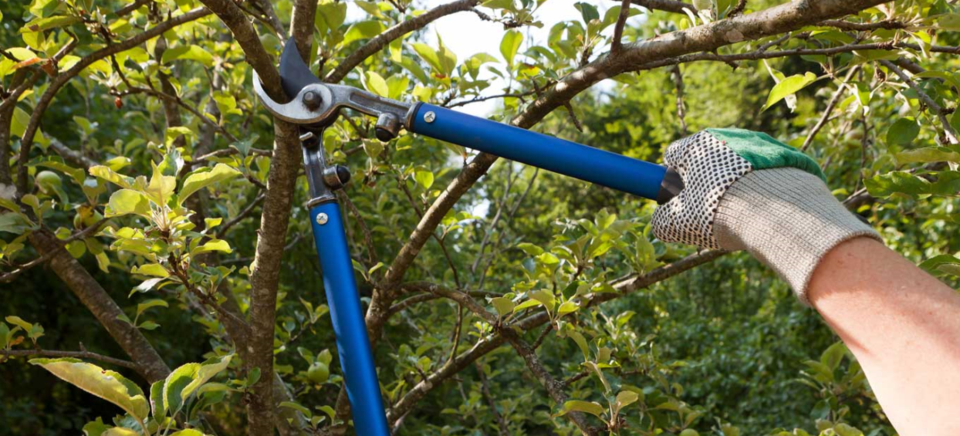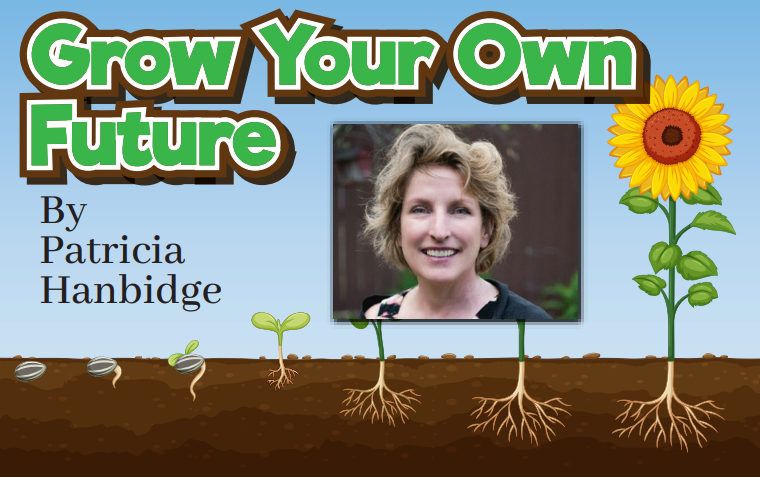The sun already has warmth which entices gardeners to get outside and find some part of the garden that is accessible. In the hope of finding something to do outside, I found myself out in the shed pulling out my pruning tools. The early spring is the best time of year to do pruning for most trees and shrubs. The trees are still dormant but ready to begin rapid growth so any pruning wounds will heal rapidly.
Pruning is the practice of altering the form of a plant. The act of pruning does many things including promoting the health of the plant by removing dead or diseased tissues. Proper pruning can also help to promote a function like more bloom or a higher production of fruit. By regular pruning you can improve the overall appearance of a plant. Good pruning can also protect your property and those who live there by removal of hazardous branches and by improving the sightlines in higher risk areas.
Before you begin to prune it is important to understand the proper structure of the tree you are pruning. Unless you are doing creative pruning (like topiary) it is a good idea to ensure that your pruning will shape the tree in its natural growth patterns.
Keep in mind that you should not prune too much at once. A good rule of thumb is that only a third of the tree should be pruned. If you have a tree that needs some major pruning, it is better to do it gradually over a period of two to three years. To do “catch up” pruning all in one year is very hard on the tree and may in fact cause the rapid growth of suckers that is not desired.
Prune carefully and slowly. Plan before you make that cut as once a limb is cut there is no going back. Start out by cutting out any broken, dead or diseased branches. It is amazing how improved a tree will be by just getting rid of the garbage. Speaking of garbage – when the tree is not fully leafed out there is less weight to haul away and it is easier to see the structure of the tree.

Next, stand back and take another look at the tree. Walk around the tree so you can have a good idea of how it looks from every side. Trees are 3-dimensional so need to be balanced on every side! Next to be removed is any crossing branches or those that will end up competing with each other in the future. Take into account, the expansion of the girth of the limbs with time. Branches that go back into the centre of the tree will likely become a problem in the future.
Try to picture the tree in the future. (This is sometimes the most difficult part of pruning for the novice pruner!!) Take stock of what you have already pruned. It is very easy to prune too much once you get going on this job!
If you are pruning fruit trees remember that in order to get a good crop of fruit it is essential for sunlight to get into the centre of the canopy. Here on the prairies we often prune out the centre completely to allow good light penetration.
Remember too that there is a ban in place from April 1st to August 30th. During this time, pruning of elm trees is prohibited. It is important to remember this as Dutch elm disease (DED) is devastating to the entire elm population. When you prune an elm tree, it attracts the elm bark beetles which spread DED. The ban is in place while the beetles are most active.
When you have finished your spring pruning, your unused muscles may be a little sore and tired but you will have the satisfaction of having completed one of the necessary jobs in the garden……and being able to enjoy spring as well.
Hanbidge is the Lead Horticulturist with Orchid Horticulture. Find us at www.orchidhort.com; by email at [email protected]; on Facebook @orchidhort and on Instagram at #orchidhort. Tune into GROW Live on our Facebook page or check out the Youtube channel GROW.

.png;w=120;h=120;mode=crop)


